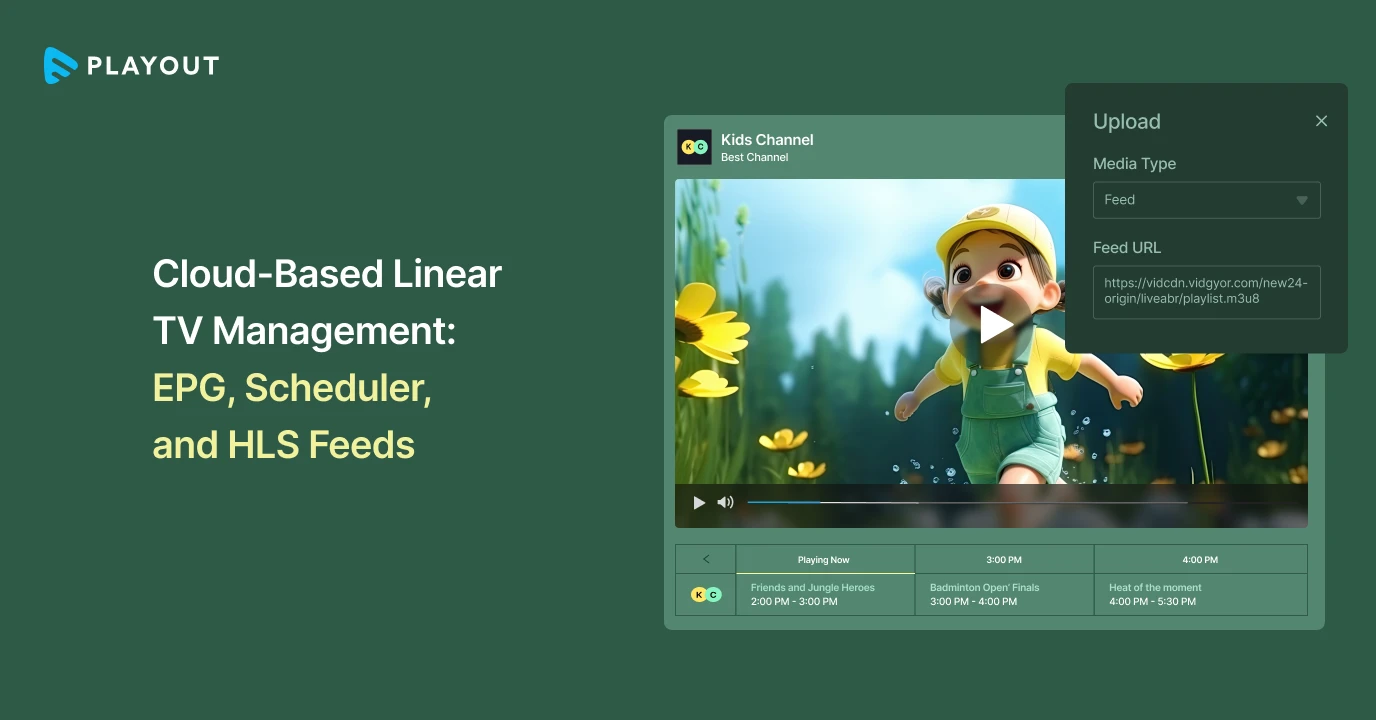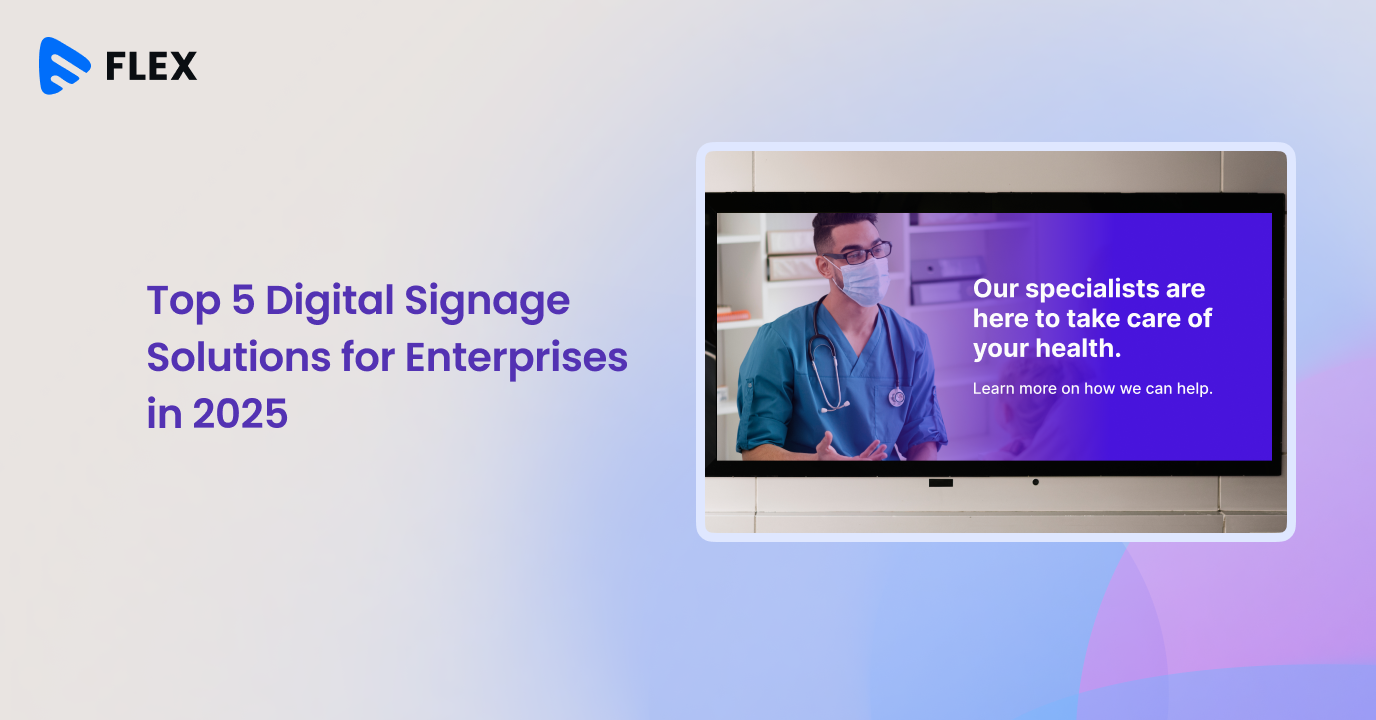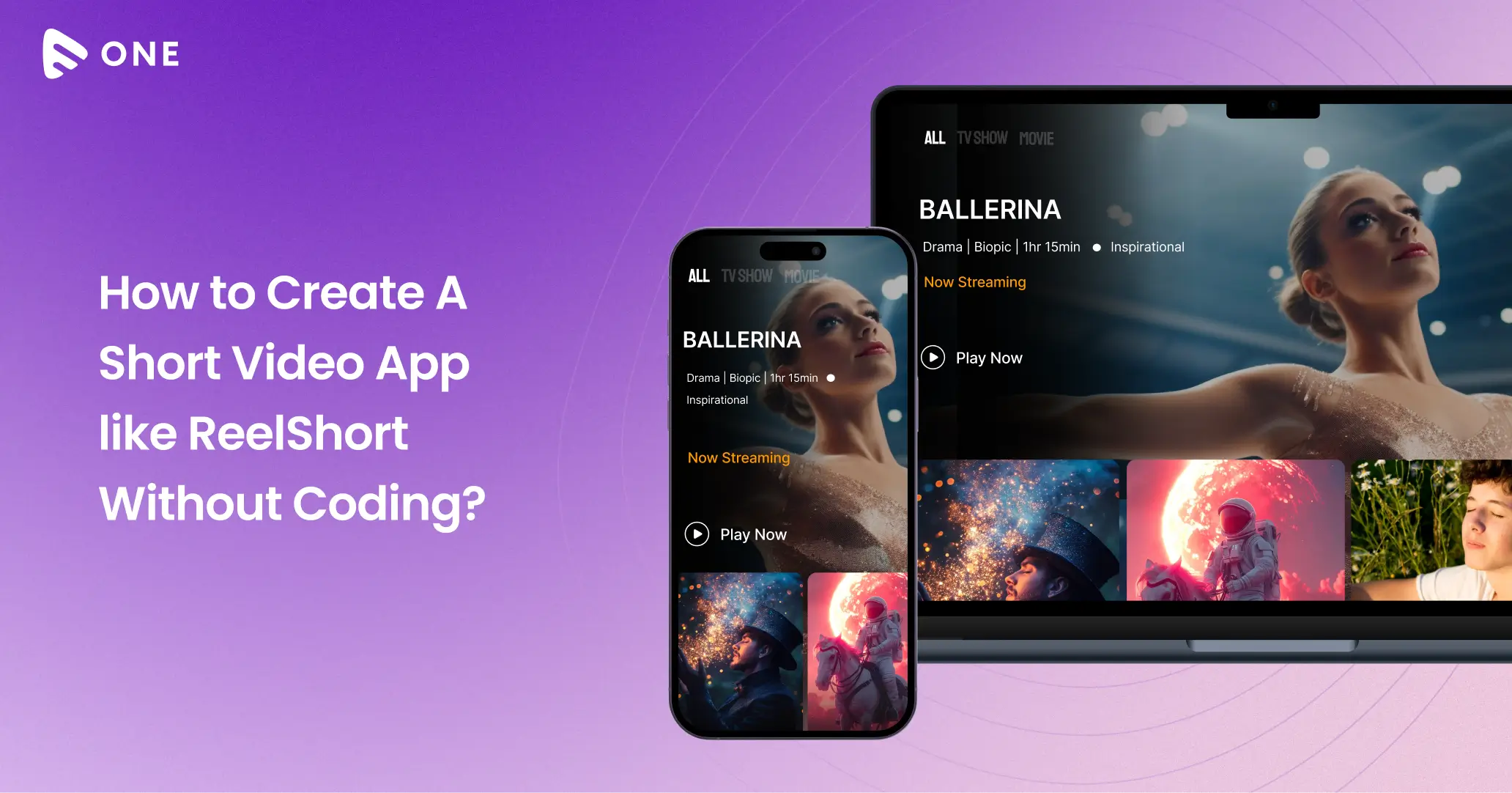Cloud-Based Linear TV Management encompasses a suite of essential functionalities including Electronic Program Guide (EPG), Scheduler, and HTTP Live Streaming (HLS) Feeds. These components play a pivotal role in orchestrating the seamless delivery of linear TV content over the internet, revolutionizing the way audiences consume television programming.
Electronic Program Guide (EPG) serves as a digital roadmap, providing viewers with real-time information about scheduled programming across various channels. By leveraging cloud-based EPG solutions, broadcasters can dynamically update program schedules, display rich metadata, and enhance the overall viewing experience for audiences. Additionally, EPGs enable viewers to navigate mchannels, discover content, and set reminders for upcoming shows, fostering engagement and retention.
The Scheduler component within Cloud-Based Linear TV Management empowers broadcasters to efficiently organize and manage programming schedules, ensuring smooth transitions between different content segments. With intuitive scheduling tools and automation capabilities, broadcasters can optimize airtime utilization, minimize scheduling conflicts, and deliver a consistent viewing experience to audiences.
Furthermore, HTTP Live Streaming (HLS) Feeds serve as the backbone of cloud-based linear TV delivery, enabling seamless transmission of video content over the internet. HLS technology facilitates adaptive bitrate streaming, allowing viewers to access high-quality video streams across diverse network conditions and devices.
It is crucial to have a clear understanding of these components if you are planning to launch your linear TV and FAST channels. Let’s start from the basics and delve deeper for a better understanding!
The Significance of EPG in Cloud-Based Linear TV Management
The EPG serves as a comprehensive catalog of scheduled programming, providing viewers with real-time access to information about upcoming shows, movies, and events across various channels. By offering a user-friendly interface, viewers can easily navigate through program listings, discover new content, and set reminders for their favorite shows, thereby fostering engagement and loyalty.
For broadcasters, the EPG serves as a centralized platform for managing and organizing programming schedules efficiently. Cloud-based EPG solutions enable broadcasters to update program listings in real-time, insert dynamic metadata, and implement last-minute schedule changes seamlessly.
This agility in content management allows broadcasters to adapt to evolving viewer preferences, capitalize on trending topics, and maximize audience engagement.
Moreover, the EPG facilitates targeted advertising and content recommendations, enabling broadcasters to deliver personalized viewing experiences to their audiences. By leveraging viewer data and behavioral insights, broadcasters can tailor advertisements, promotions, and content recommendations based on individual preferences and viewing habits, thereby enhancing relevance and driving monetization opportunities.
The Significance of Scheduler in Cloud-Based Linear TV Management
The Scheduler plays a fundamental role in Cloud-Based Linear TV Management, serving as the key pillar for operational efficiency, content organization, and seamless programming delivery. Its role is multifaceted, encompassing various functions that are essential for broadcasters and content providers to effectively manage their linear TV channels in the digital era.
The Scheduler is responsible for conducting the programming schedule for linear TV channels, ensuring a cohesive and engaging viewing experience for audiences. By leveraging cloud-based scheduling solutions, broadcasters can properly plan and organize the sequence of content segments, commercials, and promotional materials, optimizing airtime utilization and maximizing audience retention.
One of the primary functions of the Scheduler is to streamline the process of content acquisition and ingestion. Broadcasters can leverage scheduling tools to efficiently ingest and organize content assets from diverse sources, including live feeds, pre-recorded programs, and on-demand content libraries. This enables broadcasters to curate diverse programming lineups, cater to varying audience demographics, and stay competitive in the ever-evolving media landscape.
Furthermore, the Scheduler plays a crucial role in managing ad placements and commercial breaks within linear TV channels. By integrating ad insertion capabilities into scheduling workflows, broadcasters can strategically schedule commercial breaks, insert targeted advertisements, and optimize ad placement algorithms to maximize revenue opportunities while minimizing viewer disruption.
The Significance of HLS Feeds in Cloud-Based Linear TV Management
The significance of HLS feeds lies in their ability to optimize video delivery, enhance viewer experiences, and facilitate seamless content distribution across diverse platforms and devices. HLS feeds enable adaptive bitrate streaming, allowing video content to be dynamically adjusted based on network conditions and device capabilities.
This adaptive streaming technology ensures that viewers receive the best possible video quality without buffering or playback interruptions, regardless of their internet connection speed or device specifications. By leveraging HLS feeds, broadcasters can deliver a consistent and reliable viewing experience to audiences worldwide, thereby maximizing viewer satisfaction and engagement.
Moreover, HLS feeds offer broad compatibility across a wide range of devices, operating systems, and web browsers, making them an ideal solution for reaching audiences on various platforms and devices. Whether viewers are accessing content on smartphones, tablets, smart TVs, or desktop computers, HLS feeds ensure seamless playback and compatibility, enabling broadcasters to reach audiences across multiple touchpoints and devices.
HLS feeds facilitate content delivery optimization and scalability, enabling broadcasters to efficiently manage bandwidth usage, reduce latency, and accommodate fluctuations in viewer demand. By leveraging content delivery networks (CDNs) and caching mechanisms, broadcasters can distribute HLS feeds globally, ensuring high availability and reliability for audiences worldwide.
Additionally, HLS feeds empower broadcasters to implement advanced features such as encryption, digital rights management (DRM), and content monetization capabilities. By encrypting video streams and implementing DRM technologies, broadcasters can protect their content from unauthorized access and piracy, safeguarding intellectual property rights and preserving revenue streams.
Demystifying EPG, Scheduler, and HLS Feeds in Cloud-Based Linear TV Management
1. Introduction to Cloud-Based TV
Cloud-Based TV represents a paradigm shift in the way television content is delivered, consumed, and managed in the digital age. It leverages cloud computing technologies to revolutionize the traditional TV broadcasting model, offering broadcasters, content providers, and viewers a host of benefits and opportunities.
Cloud-Based TV refers to the delivery of television content over the internet through cloud infrastructure and services. Unlike traditional broadcast television, which relies on dedicated hardware and infrastructure for content delivery, Cloud-Based TV harnesses the power and scalability of cloud computing to stream content to viewers anytime, anywhere, and on any device with internet connectivity.
One of the key advantages of Cloud-Based TV is its inherent flexibility and scalability. By leveraging cloud infrastructure, broadcasters can dynamically scale resources to accommodate fluctuations in viewer demand, ensuring seamless content delivery even during peak usage periods. This scalability enables broadcasters to reach global audiences with minimal infrastructure investment, democratizing access to television content on a global scale.
Moreover, Cloud-Based TV offers enhanced accessibility and convenience for viewers. With the proliferation of internet-connected devices such as smartphones, tablets, smart TVs, and streaming media players, viewers can access their favorite TV channels and programs from virtually anywhere with an internet connection. This ubiquitous access to television content empowers viewers to personalize their viewing experiences, discover new content, and consume television on their own terms.
2. Exploring EPG Functionality
The EPG offers viewers real-time access to program listings across multiple channels, enabling them to browse upcoming shows, movies, and events with ease. By presenting rich metadata such as program titles, descriptions, genres, and air times, the EPG empowers viewers to make informed decisions about their viewing preferences and plan their television consumption accordingly.
One of the key functionalities of the EPG is its interactive interface, which allows viewers to navigate through program listings, search for specific content, and set reminders for upcoming shows. With intuitive navigation controls and search functionalities, viewers can effortlessly explore a vast array of programming options and discover new content that aligns with their interests and preferences.
For broadcasters and content providers, the EPG serves as a centralized platform for managing and organizing program schedules, metadata, and promotional materials. Cloud-based EPG solutions offer flexibility and scalability, enabling broadcasters to update program listings in real-time, insert dynamic metadata, and implement last-minute schedule changes seamlessly. This agility in content management allows broadcasters to adapt to evolving viewer preferences, capitalize on trending topics, and maximize audience engagement.
Moreover, the EPG facilitates targeted advertising and content recommendations, enabling broadcasters to deliver personalized viewing experiences to their audiences. By leveraging viewer data and behavioral insights, broadcasters can tailor advertisements, promotions, and content recommendations based on individual preferences and viewing habits, thereby enhancing relevance and driving monetization opportunities.
3. Understanding Scheduling Systems
A scheduling system in cloud-based linear TV management encompasses a sophisticated framework that enables broadcasters to organize and manage a diverse array of content effectively. This includes television shows, movies, live events, advertisements, and other programming elements. The scheduling process involves assigning specific time slots to each piece of content based on factors such as genre, target audience demographics, viewer preferences, and advertising agreements.
One of the primary functions of scheduling systems is to create a cohesive programming lineup that maximizes viewer retention and satisfaction. This entails curating content in a manner that caters to diverse audience interests and preferences while adhering to overarching strategic objectives. By strategically arranging content within the programming schedule, broadcasters can optimize viewer engagement and retention, ultimately driving higher ratings and advertising revenues.
Moreover, scheduling systems in cloud-based linear TV management are equipped with advanced features and capabilities to streamline the scheduling workflow and enhance operational efficiency. These include intuitive user interfaces, automated scheduling algorithms, content metadata management, and real-time monitoring and analytics tools. By leveraging these capabilities, broadcasters can simplify the scheduling process, minimize manual intervention, and respond swiftly to changing programming demands and audience trends.
Furthermore, scheduling systems also facilitate the integration of dynamic content elements such as live broadcasts, breaking news updates, and interactive programming features. This flexibility enables broadcasters to adapt their programming schedules in real-time, ensuring timely delivery of relevant content to viewers.
4. HLS Feeds Unveiled
HLS (HTTP Live Streaming) feeds represent a revolutionary advancement in online video delivery, offering seamless and adaptive streaming experiences to users across various devices and network conditions. HLS feeds utilize a segmented streaming approach, where video content is divided into smaller segments and delivered over HTTP protocols, allowing for efficient transmission and playback.
HLS feeds leverage a dynamic adaptive bitrate streaming (ABR) mechanism, enabling real-time adjustment of video quality based on the user’s network bandwidth and device capabilities. This adaptive streaming capability ensures uninterrupted playback and optimal viewing experiences, even in the face of fluctuating network conditions or device limitations.
One of the key advantages of HLS feeds is their broad compatibility with a wide range of devices, platforms, and web browsers. HLS feed is supported by major operating systems such as iOS, macOS, Android, and Windows, as well as popular web browsers like Chrome, Safari, Firefox, and Edge. This universal compatibility makes HLS feeds a versatile and accessible solution for delivering high-quality video content to a global audience.
Furthermore, HLS feeds offer robust support for various video codecs and formats, including H.264, H.265 (HEVC), and VP9, as well as audio codecs like AAC and MP3. This flexibility allows broadcasters and content providers to encode their video content in formats optimized for different devices and network conditions, ensuring optimal playback quality and efficiency.
Another significant feature of HLS feeds is their support for encryption and digital rights management (DRM), which enables secure delivery of premium content while protecting against unauthorized access and piracy. By implementing encryption and DRM technologies, HLS feeds provide content owners and distributors with the confidence to monetize their video content and safeguard intellectual property rights.
5. Simplifying TV Management
Simplifying TV management involves streamlining the complex processes and tasks associated with overseeing television content, schedules, and operations to enhance efficiency, optimize resources, and improve the overall viewer experience.
It entails adopting intuitive and user-friendly software platforms or systems designed to automate and centralize key aspects of television operations. These platforms typically feature a range of tools and functionalities that enable broadcasters and content providers to manage content ingestion, scheduling, playout, and monitoring from a single, unified interface.
One of the primary benefits of this is the elimination of manual, time-consuming tasks through automation. By leveraging automation tools, broadcasters can streamline workflows, reduce human error, and expedite processes such as content delivery, transcoding, and scheduling. This not only saves time and resources but also allows TV operators to focus on more strategic aspects of their operations, such as content curation and audience engagement. Also, it involves the integration of advanced analytics and reporting capabilities to gain insights into audience behavior, content performance, and operational efficiency. By leveraging data-driven insights, broadcasters can make informed decisions, optimize programming schedules, and tailor content offerings to better meet viewer preferences and demands.
6. Leveraging Cloud for TV Operations
It involves migrating key aspects of television workflows and infrastructure to cloud-based platforms and services. This shift enables TV operators to access computing resources, storage, and networking capabilities on-demand, without the need for extensive physical hardware investments or maintenance.
One of the primary benefits of this is scalability. Cloud-based infrastructure allows broadcasters to scale resources up or down dynamically based on demand, ensuring optimal performance and cost-efficiency. Whether handling spikes in viewership during live events or expanding content libraries, TV operators can easily adjust resources to meet changing requirements without disruption.
Furthermore, it enables TV operators to streamline content production and distribution workflows. Cloud-based collaboration tools and storage solutions facilitate seamless collaboration among remote teams, content creators, and production crews, regardless of geographic location. This accelerates the content creation process, reduces time-to-market, and enhances overall efficiency.
Also, it empowers broadcasters to embrace innovative technologies and workflows, such as virtualized playout, serverless computing, and artificial intelligence (AI) integration. These technologies enable broadcasters to automate routine tasks, optimize resource allocation, and enhance the viewer experience through personalized content recommendations and interactive features.
7. Decoding EPG Integration
Electronic Program Guide (EPG) integration is a critical component of modern television broadcasting and streaming services, enabling viewers to navigate and access programming schedules, descriptions, and metadata seamlessly. EPG integration involves the incorporation of EPG data into television platforms and interfaces, providing users with a comprehensive overview of available content and scheduling information.
One of the key features of EPG integration is its ability to centralize and organize programming data from multiple channels and sources into a unified interface. This allows viewers to browse through a wide range of channels and programs, view detailed descriptions, and access additional content information such as ratings, genres, and airtime schedules.
Furthermore, EPG integration enhances the viewer experience by offering intuitive navigation and search functionalities, enabling users to easily discover and access their preferred content. By incorporating interactive features such as filters, search bars, and personalized recommendations, EPG integration empowers viewers to find relevant programming quickly and efficiently.
EPG integration plays a vital role in enhancing engagement and retention among television audiences. By providing users with up-to-date programming information and personalized recommendations, EPG integration encourages prolonged viewing sessions and fosters loyalty to the platform or service.
It offers broadcasters and content providers valuable insights into viewer behavior and preferences. By analyzing EPG usage patterns, content consumption trends, and engagement metrics, broadcasters can gain actionable insights to optimize programming schedules, tailor content offerings, and improve overall viewer satisfaction.
8. Optimizing TV Scheduling
TV scheduling involves the strategic placement of programming content across various time slots and channels to attract and retain viewers. Optimizing TV scheduling requires a comprehensive understanding of audience demographics, viewing habits, content preferences, and market trends.
One key strategy for optimizing TV scheduling is audience segmentation and targeting. By analyzing viewer data and demographics, broadcasters can identify specific audience segments and tailor programming schedules to meet their preferences and interests. This targeted approach enhances viewer engagement and loyalty, driving higher ratings and advertising revenue.
Furthermore, optimizing TV scheduling involves balancing the programming lineup to cater to diverse audience tastes and preferences. This may include a mix of genres, formats, and themes to appeal to different viewer demographics and viewing occasions. By offering a varied and compelling lineup, broadcasters can attract a broader audience and increase overall viewership.
Moreover, leveraging data-driven insights and analytics is essential for optimizing TV scheduling. By analyzing viewer behavior, ratings, and audience feedback, broadcasters can identify trends, patterns, and opportunities to fine-tune programming schedules and content offerings. This data-driven approach enables broadcasters to make informed decisions, minimize scheduling conflicts, and maximize the impact of their programming lineup.
9. HLS Feeds Essentials
HLS (HTTP Live Streaming) feeds are a fundamental component of modern video streaming technology, facilitating the delivery of high-quality video content over the internet to a wide range of devices and platforms. HLS feeds have become essential for broadcasters, content providers, and streaming platforms seeking to reach global audiences while ensuring seamless playback and optimal viewing experiences.
HLS is a streaming protocol developed by Apple Inc. that enables adaptive bitrate streaming of media content. HLS breaks down video files into smaller segments, which are then delivered to viewers in real-time over HTTP connections. This segmentation allows HLS to adapt dynamically to changing network conditions and device capabilities, ensuring smooth playback and minimizing buffering issues.
One of the key advantages of HLS feed is its compatibility with a diverse array of devices and platforms, including desktop computers, mobile devices, smart TVs, and streaming media players. HLS is supported by most modern web browsers and operating systems, making it a versatile and widely adopted streaming solution.
Moreover, HLS feeds offer support for adaptive bitrate streaming, allowing content to be delivered at varying quality levels based on the viewer’s device capabilities and network conditions. This adaptive streaming approach ensures that viewers receive the best possible video quality without interruptions or playback issues, even in challenging network environments.
HLS feeds provide robust support for content encryption and digital rights management (DRM), enabling content providers to protect their intellectual property and prevent unauthorized access or piracy. By implementing encryption technologies such as AES-128 and DRM solutions like Apple FairPlay, HLS feeds ensure secure and compliant delivery of premium video content to authorized viewers.
Furthermore, HLS feeds offer flexibility and scalability, allowing broadcasters and content providers to deliver live and on-demand content to audiences of any size. HLS supports features such as time-shifted playback, live DVR functionality, and multi-bitrate streaming, enabling broadcasters to tailor their streaming experiences to meet the needs of their viewers.
The Bottom Line
Understanding the complexities of cloud-based linear TV management, including EPG, Scheduler, and HLS feeds, is paramount for businesses aiming to thrive in the dynamic media landscape. These components not only streamline content delivery and scheduling but also enhance viewer engagement and loyalty. With the industry’s value on the rise and competition growing fiercer, businesses that grasp the nuances of cloud-based linear TV management gain a significant advantage.
Mastering EPG and Scheduler functionalities allows businesses to curate compelling programming grids, optimize ad placements, and deliver personalized viewing experiences. Meanwhile, leveraging HLS feeds ensures seamless video delivery across diverse devices and platforms, enhancing accessibility and user satisfaction.
Muvi Playout emerges as a comprehensive solution for cloud-based linear TV and FAST channels. With Muvi Playout, businesses can effortlessly manage their online TV channels, harnessing the power of EPG, Scheduler, and HLS feeds to expand their global reach, diversify revenue streams, and cultivate a loyal viewer base. Take a 14-day free trial today to explore more.

















Add your comment